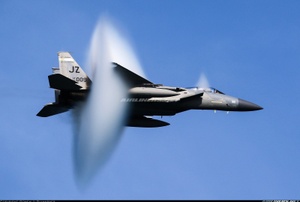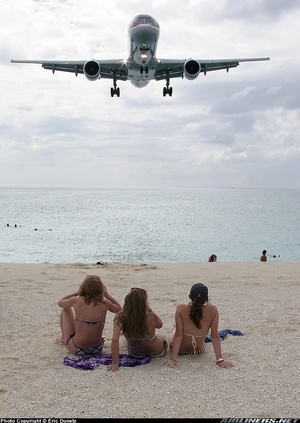Piper PA-36 Pawnee Brave
Details
Country of Origin
United States of America
Type
Agricultural aircraft
History
The PA-36 Pawnee Brave was designed in the late 60s at the company's Vero Beach facility as a larger aircraft than Piper's first purpose-designed agricultural aircraft, the PA-25 Pawnee, although of the same overall configuration.
The result of Piper research on PA-25 Pawnee operations, the first PA-36 prototype, the PA-36-260 Pawnee II, was powered by a 195kW (260hp) Lycoming O-540-E engine, and made the first flight on November 17, 1969. The Lycoming engine was later in the development program replaced by a 210kw (285hp) Continental Tiara 6-285 engine, and the aircraft became the PA-36-285. A second prototype had the same engine, and Piper decided to use this engine for the series production.
The PA-36 has a welded chrome-molybdenum steel tube fuselage structure with metal underskins and plastics side panels, and a sturdy overturn pylon is part of the structure. The wings have a conventional two-spar structure, with light alloy laminated spars, and light alloy covering, except for glassfibre leading-edges and wingtips. A hopper with a capacity of 30 or 38 cu.ft is in front of the pilot.
In mid 1972 the PA-36-285 received FAA approval, and in 1973 production got under way, while at the same time the name was changed from Pawnee II to Pawnee Brave.
As the Continental Tiara engine was quite problematic, Piper certificated a 225kW (300hp) Lycoming IO-540 powered version, the PA-36-300, which replaced the Tiara engined version on the production line from the 1977 model year. From the 1978 model year, the name Pawnee Brave was changed to Brave 300.
A more powerful version was available from 1978, powered by a 280kW (375hp) Lycoming IO-720 in a restyled cowling, as the Brave 375, and from 1982 the 300kW (400hp) IO-720 powered Brave 400 followed.
Pawnee Brave production ceased in January 1983.
Powerplants
PA-36-285 - One 210kW (285hp) Continental Tiara 6-285 flat-six, driving a Hartzell two blade (optional three blade) constant speed prop.
PA-36-300 - One 225kw (300hp) Lycoming IO-540-K1G5 fuel injected flat-six, driving a Hartzell two blade (optional three blade) constant speed prop.
PA-36-375 - One 280kW (375hp) Lycoming IO-720-DICD fuel injected flat-eight driving a three blade constant speed Hartzell prop.
Performance
PA-36-375 - Max speed 216km/h (116kt), cruising speed 210km/h (113kt), spraying speed range 161 to 193km/h (87 to 104kt). Initial rate of climb 550ft/min. Service ceiling 15,000ft. Range 772km (417nm).
Weights
PA-36-375 - Empty 1162kg (2560lb), max takeoff 2180kg (4800lb).
Dimensions
PA-36-375 - Wing span 11.82m (38ft 10in), length 8.39m (27ft 6in), height 2.29m (7ft 6in). Wing area 21.0m2 (225.65sq ft).
Capacity
Seating for pilot only, but can be fitted with an optional jump seat.
PA-36-375 - Hopper capacity 1041 litres (275US gal/229Imp gal), or 1000kg (2200lb).
Production
Total PA-36 production 926.
Related Links
Piper PA-36 Pawnee Brave
The backbone of this section is from the The
International Directory of Civil Aircraft by Gerard Frawley
and used with permission. To get your own copy of the book
click here.


















